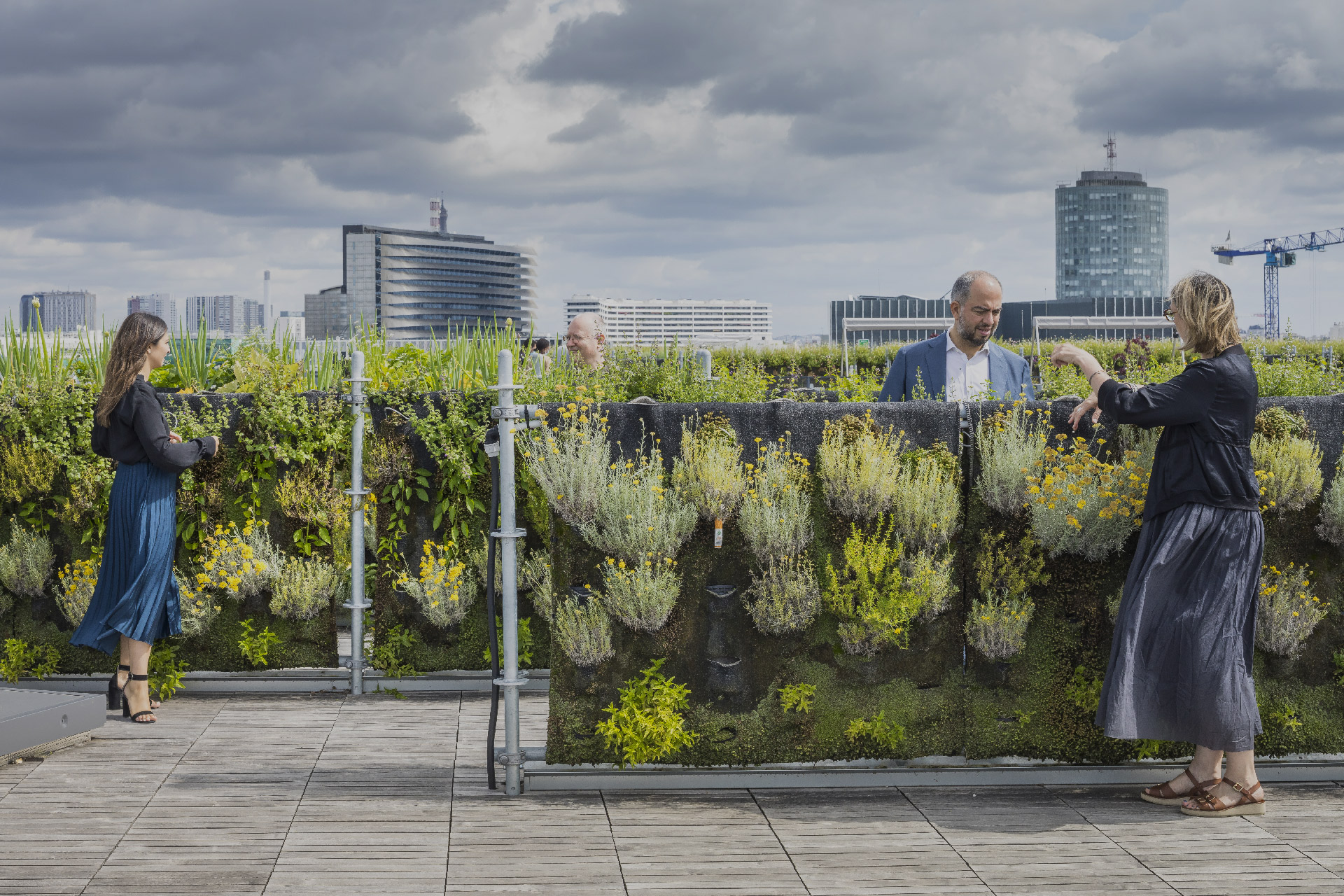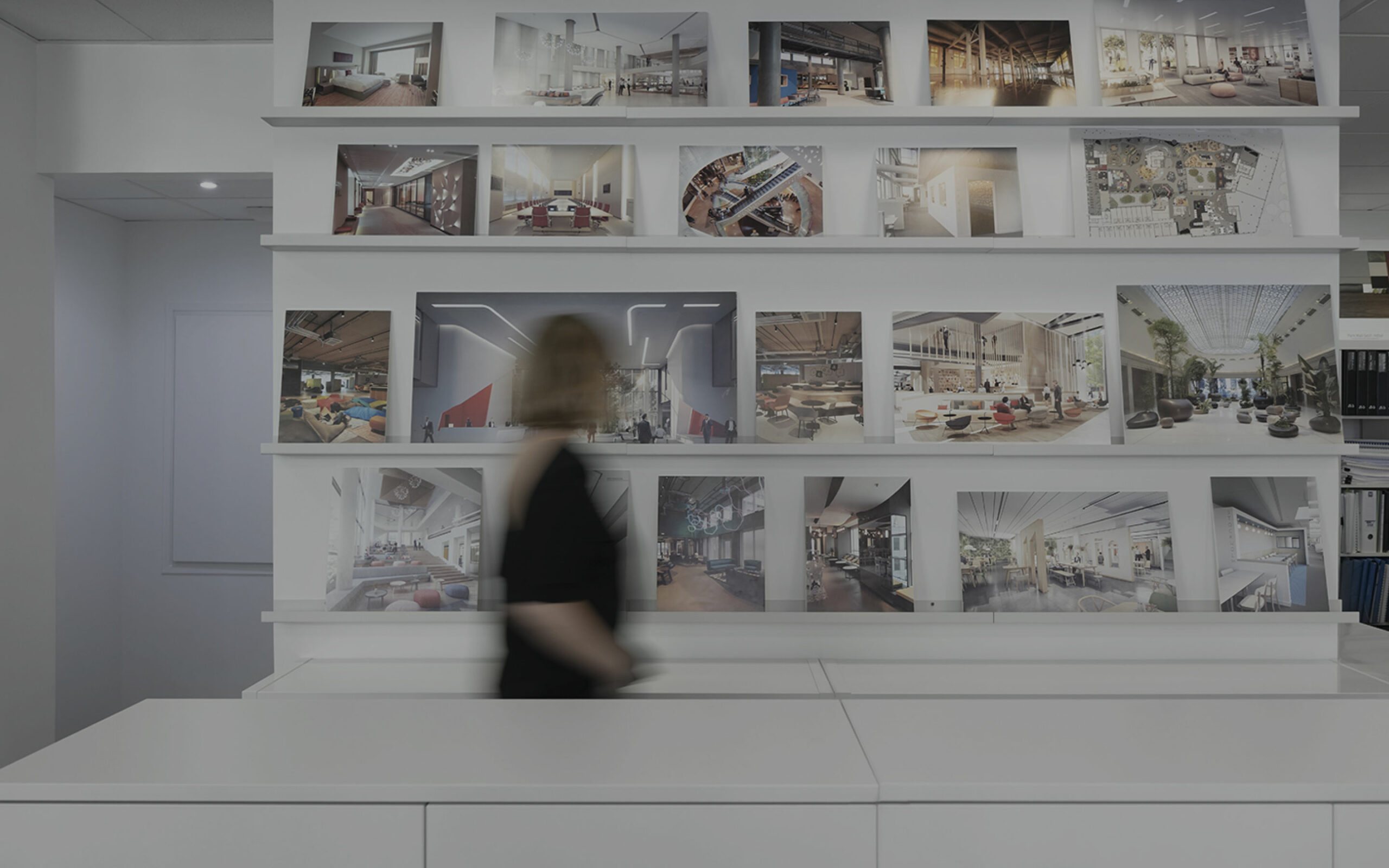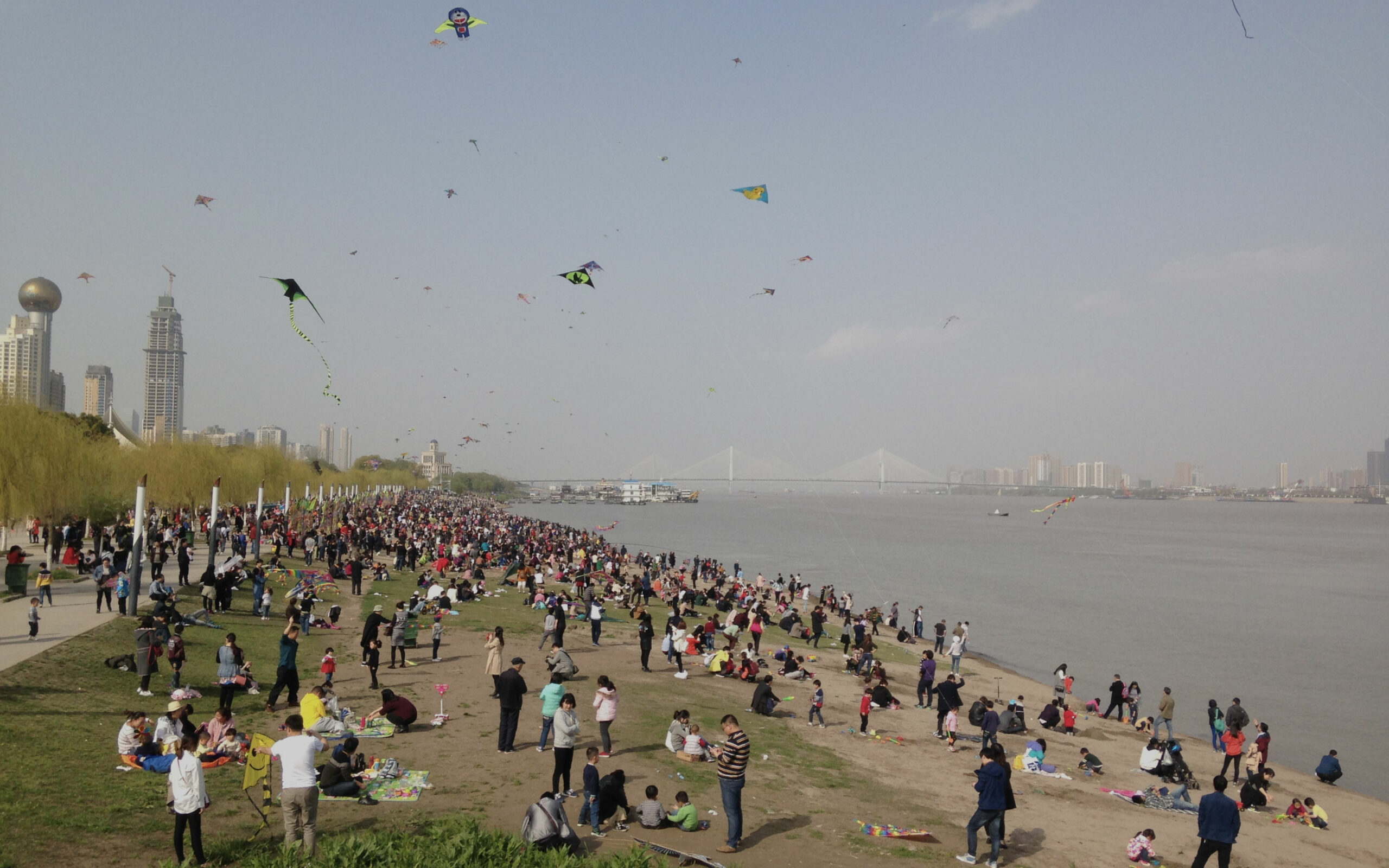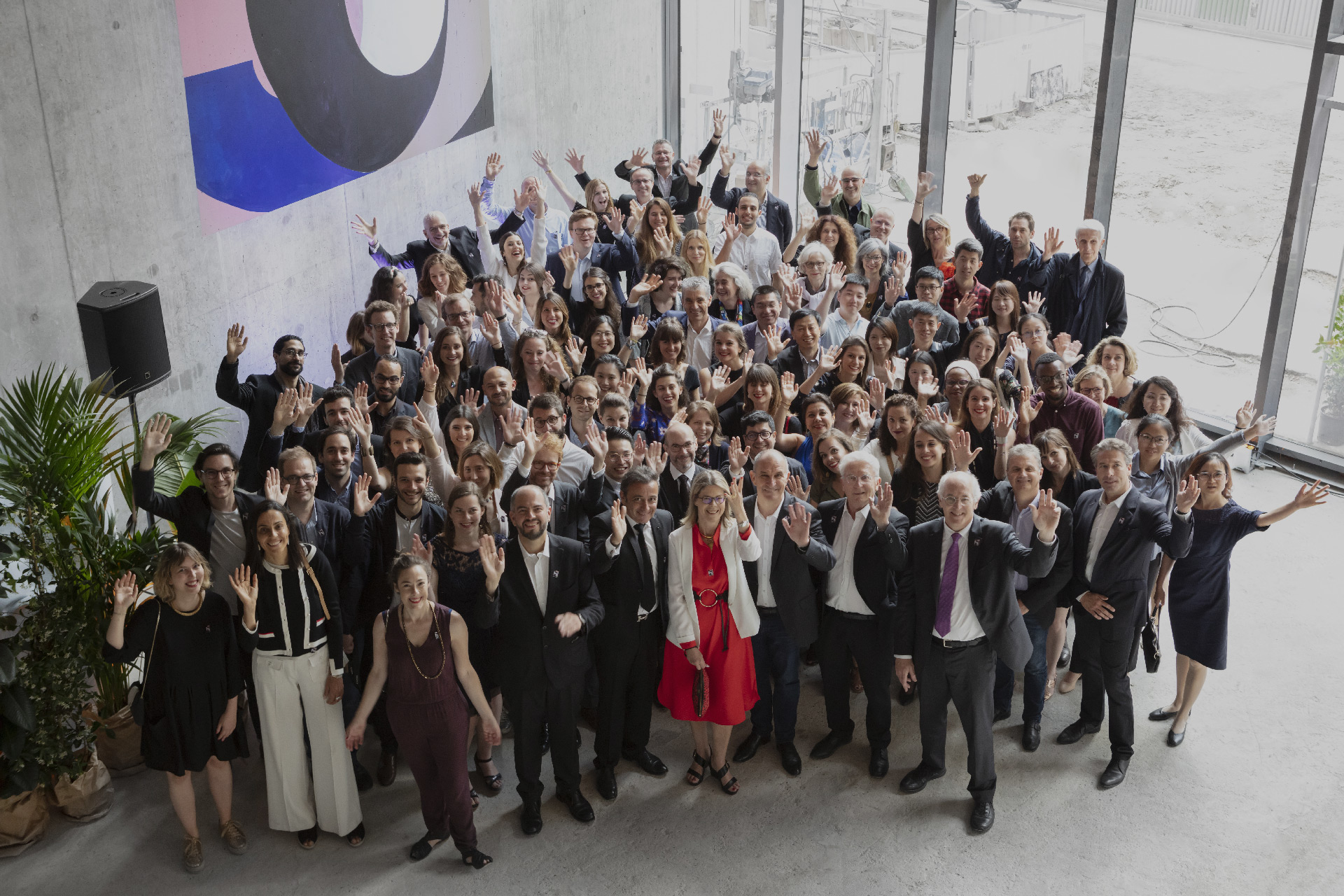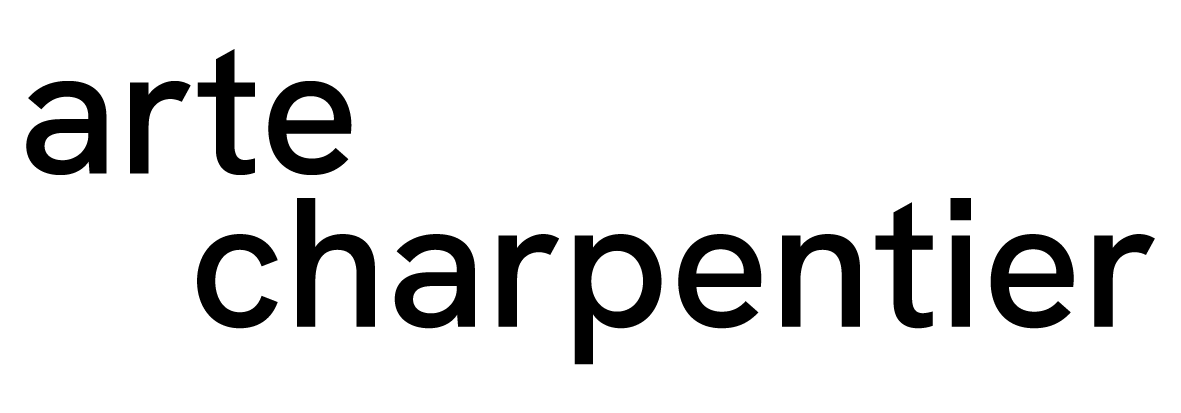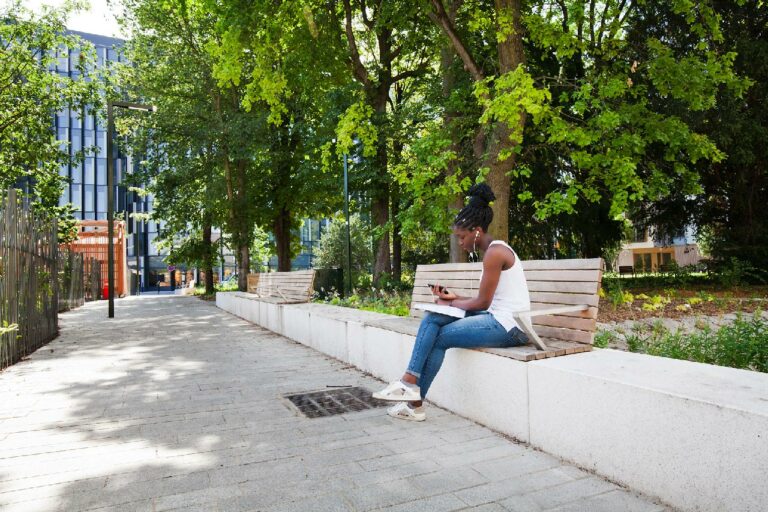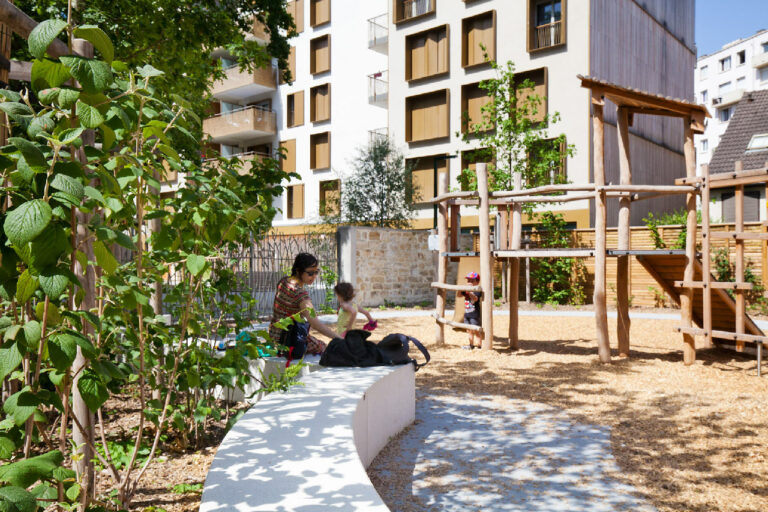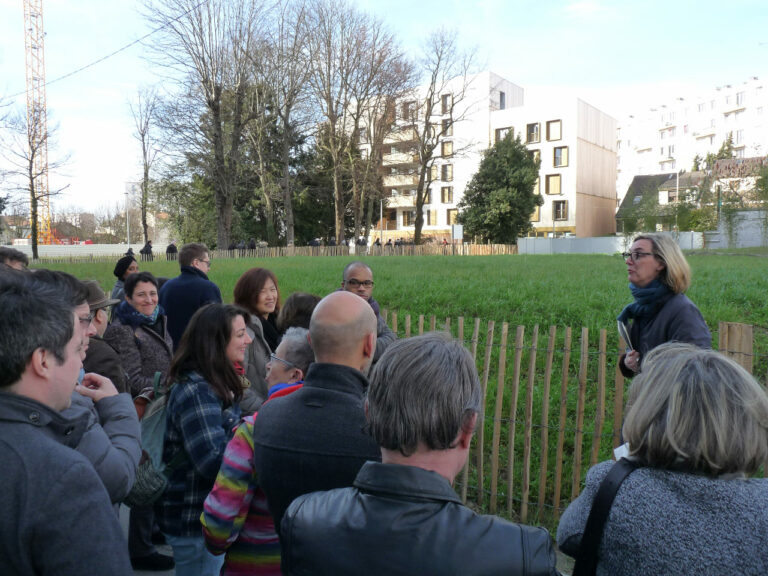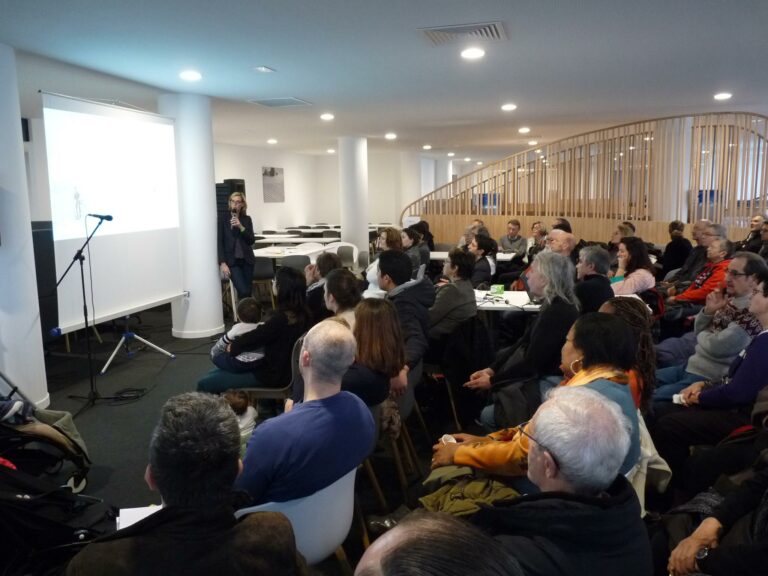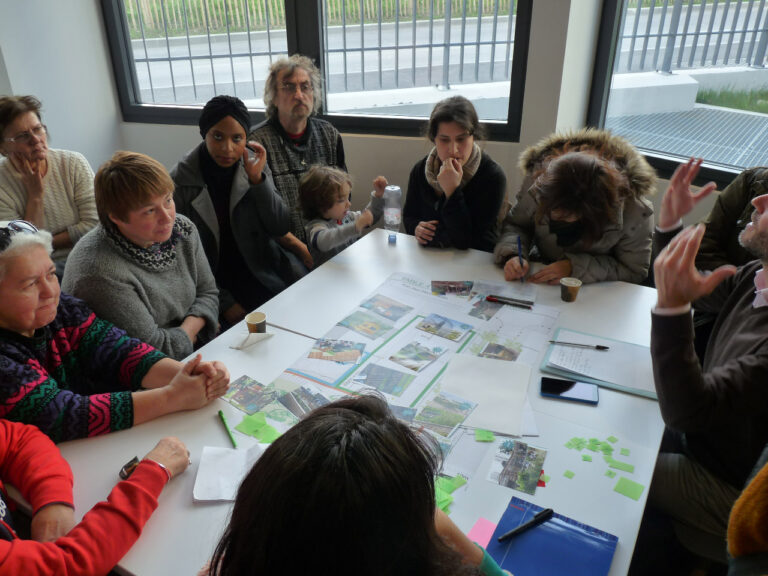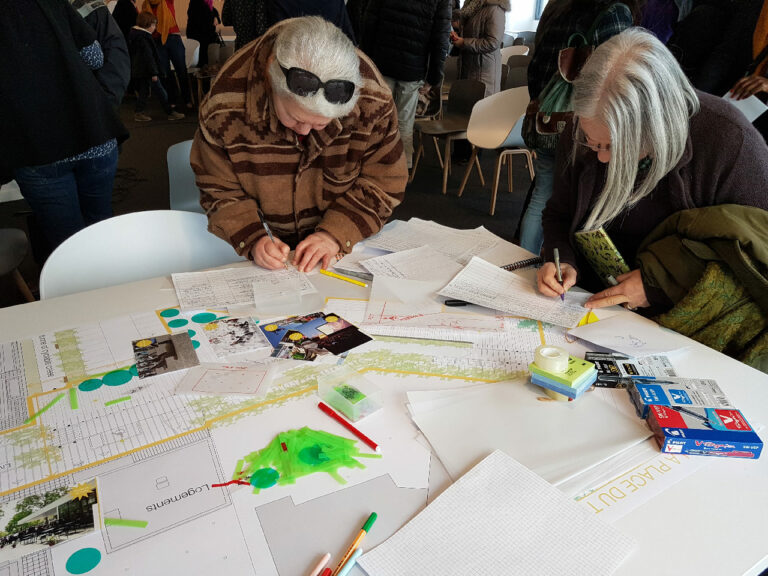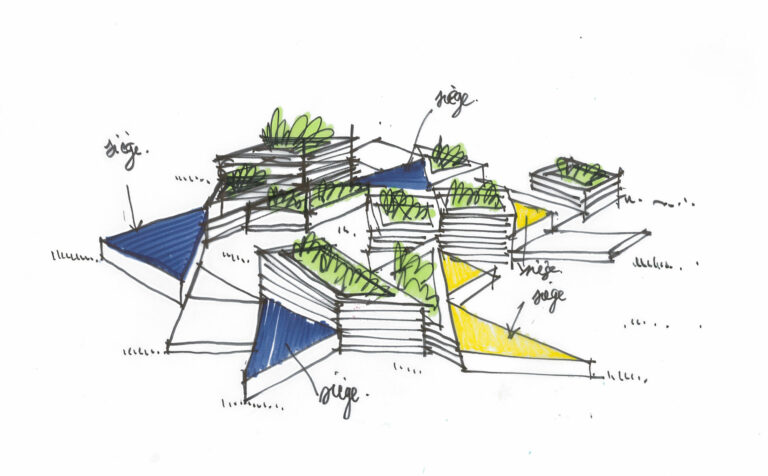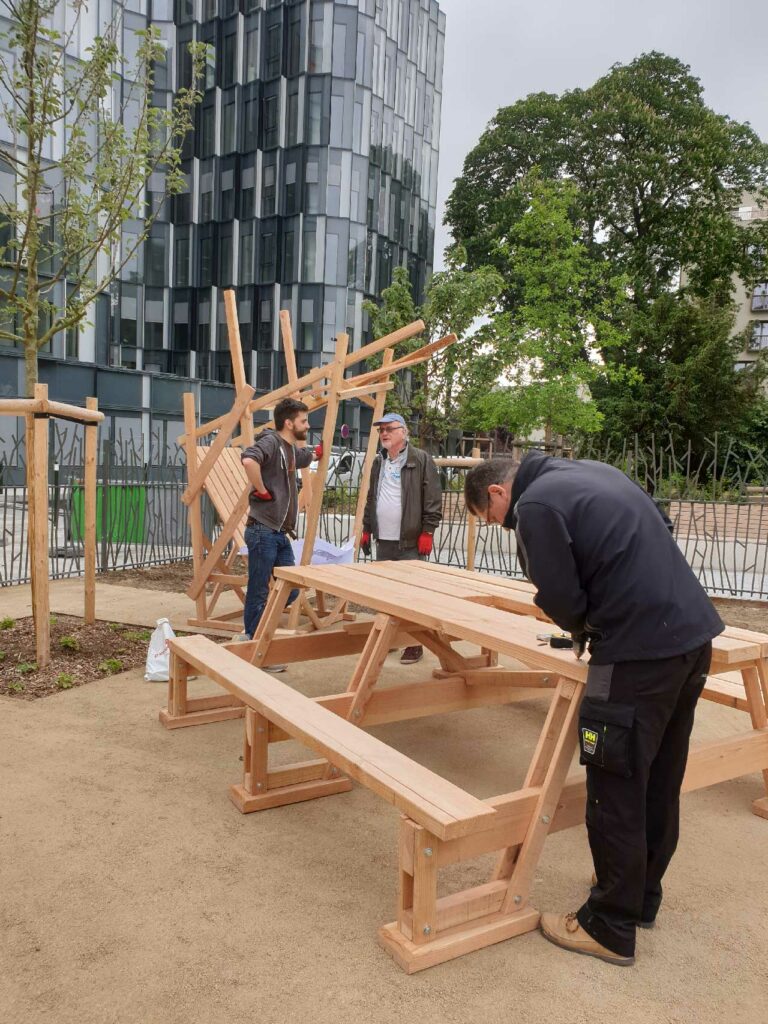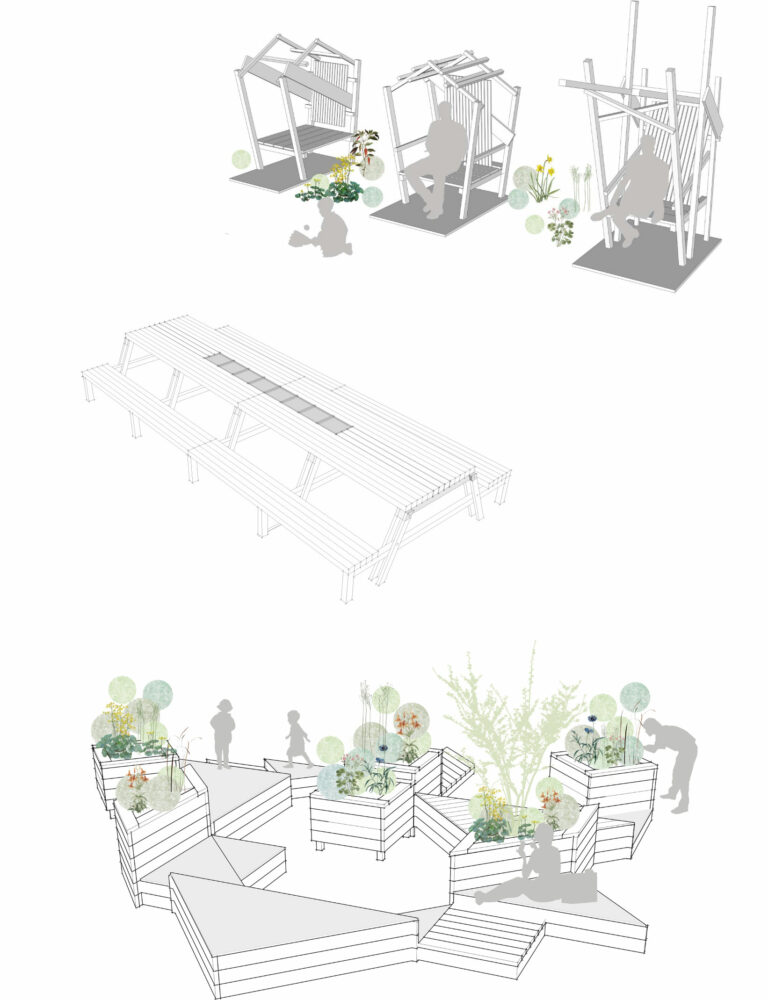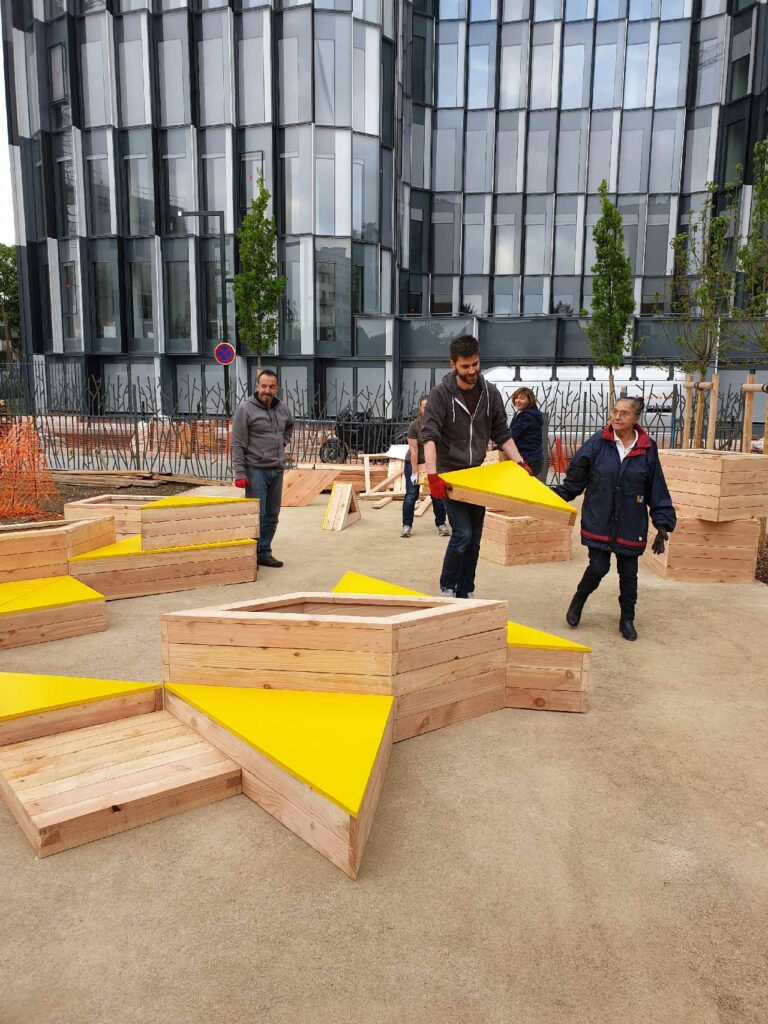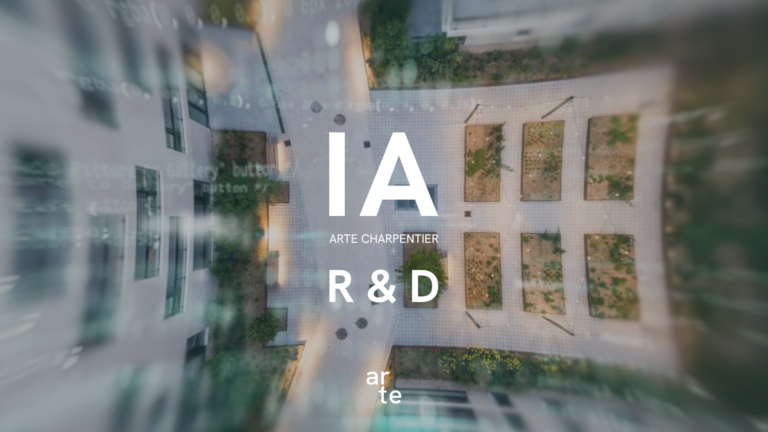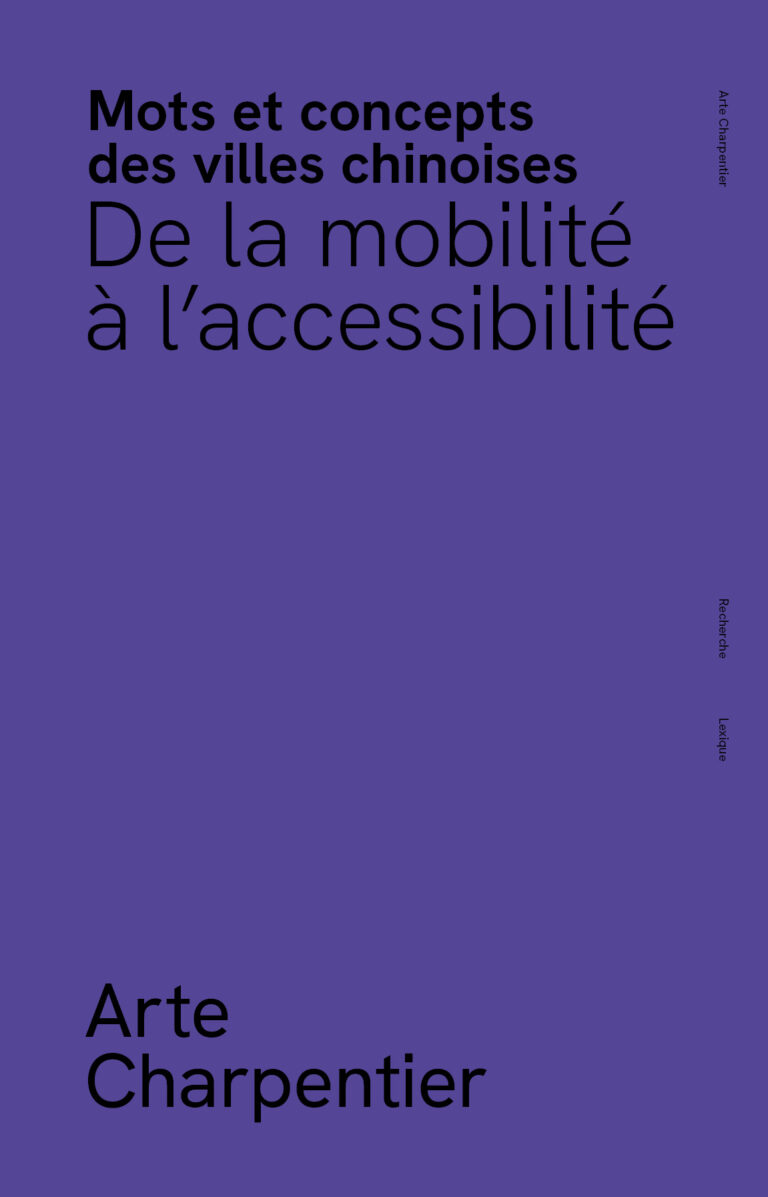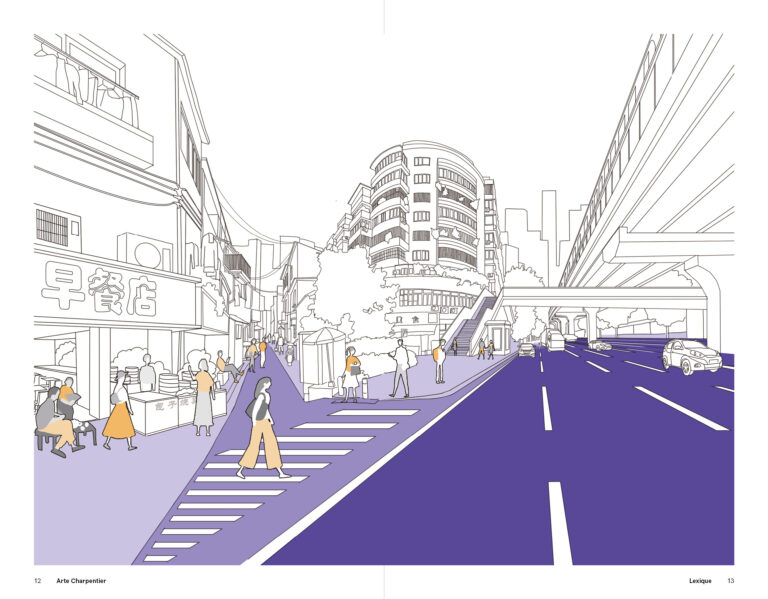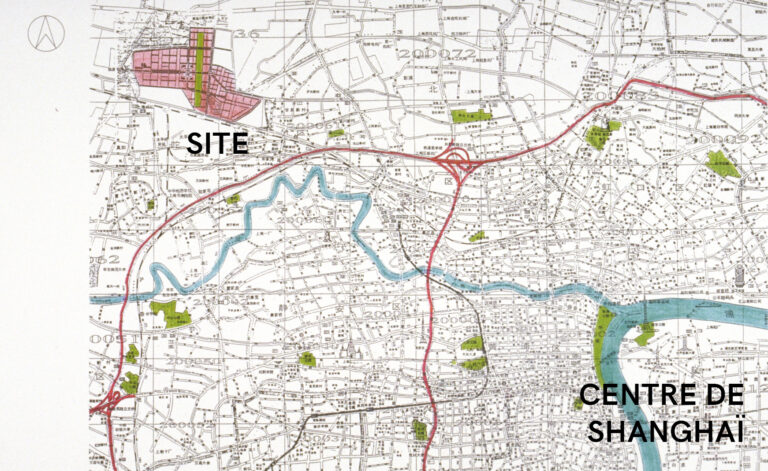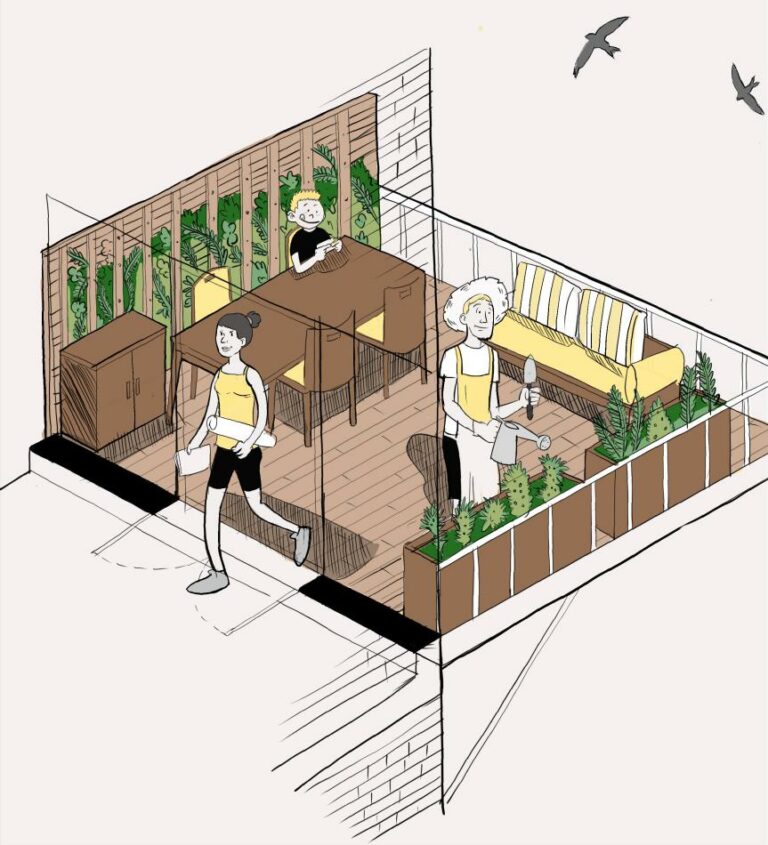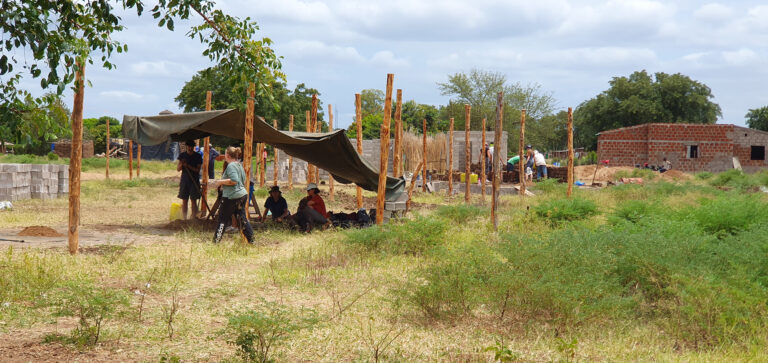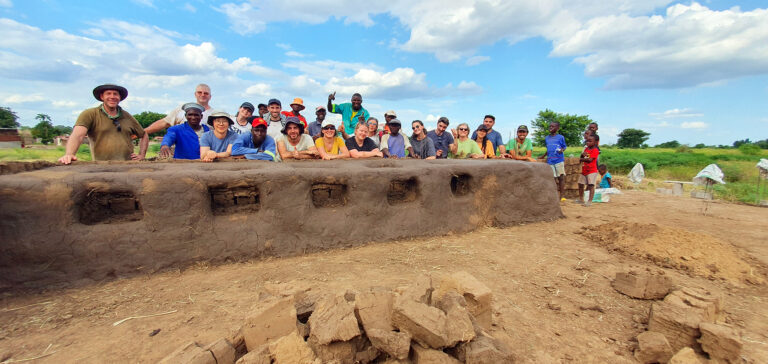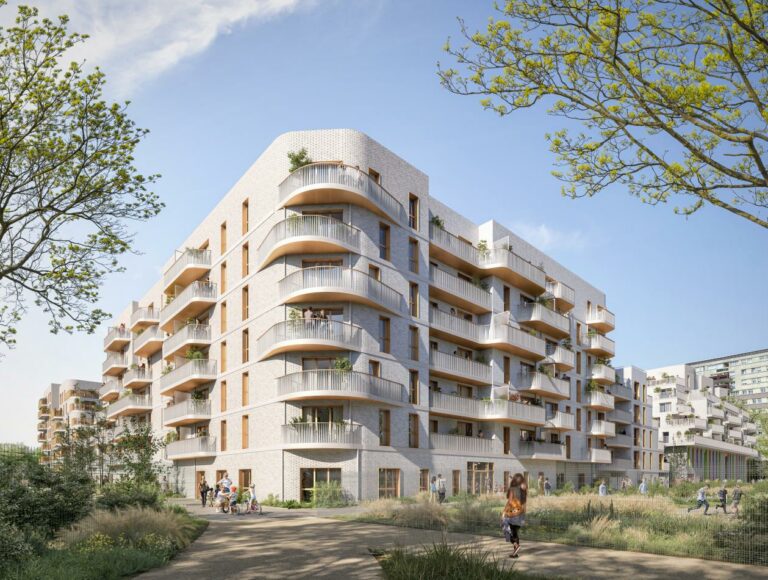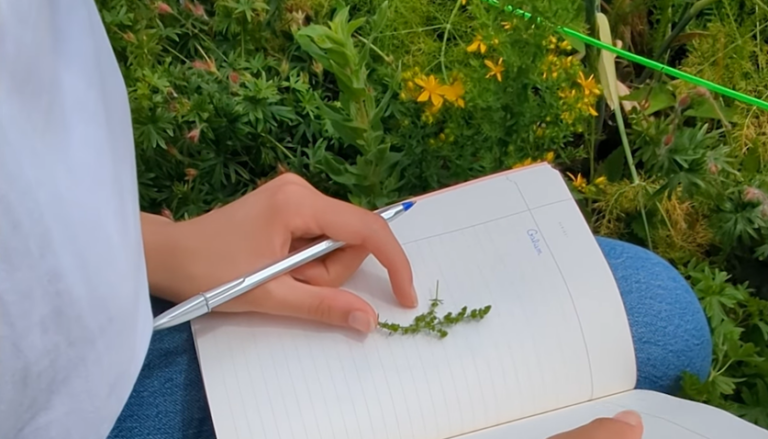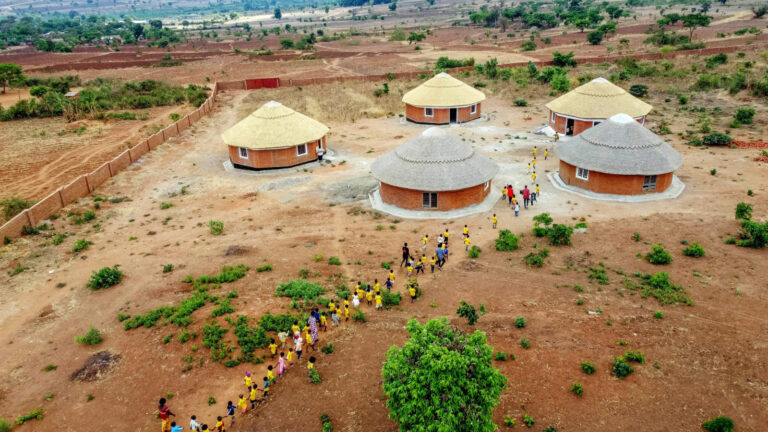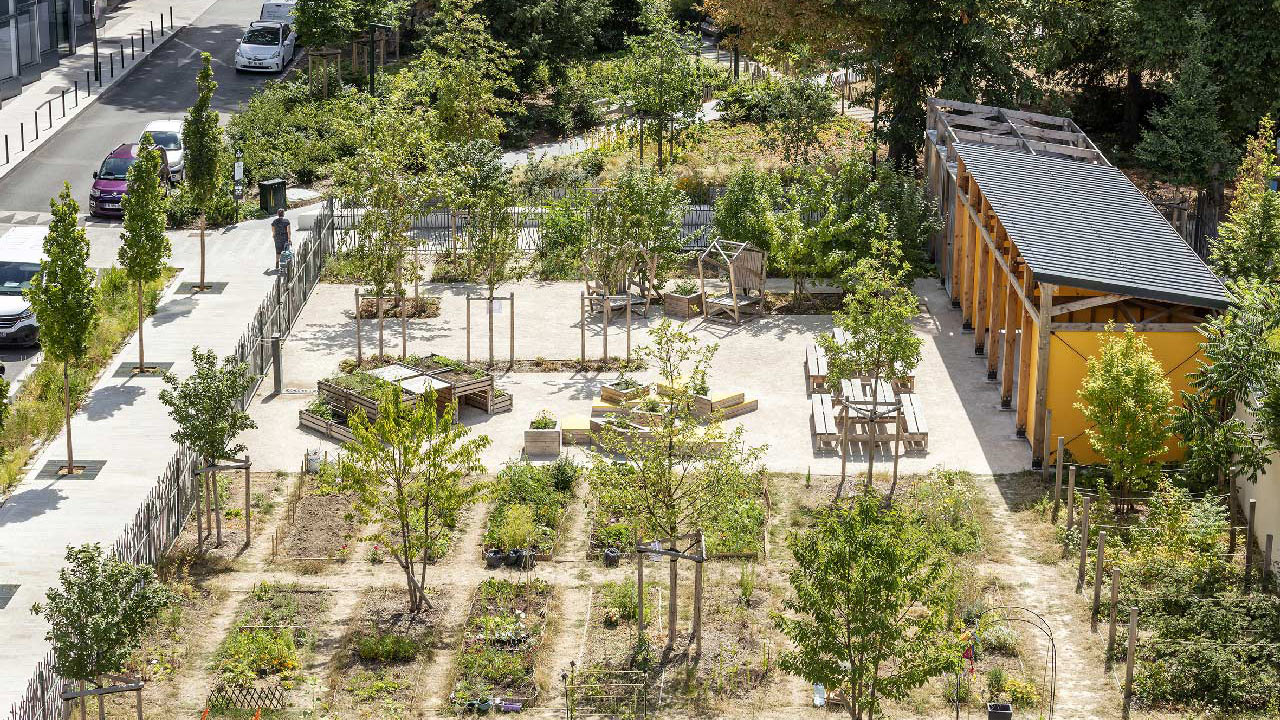
On your balcony, the orange corollas of your climbing plant bloom in the sun. Creeping, the slender stems reach out according to the wind to cling, to coil. Two bamboo poles are already colonised. Yet, a twig sticks out and climbs onto a branch of tortuous willow. Your plant wants to flourish and take liberties. Looking closer, other stems wind up in the railing grille and nestle between the bars. Here, another one has joined the tomato stalk. Another one has joined the yellow daisies. Why not, the daisies should grow up to a metre, your climber will follow.
Does this story seem anecdotal to you? And yet, alone, does it not symbolise a way of gardening that could be that of gardening the city, of gardening humans, leaving room for initiatives?
Gardening the city and its inhabitants (essay)
This story about co-construction shows how not wanting to master everything often leads to unexpected happy surprises. As an actor of the city, you are the gardener. As an resident or user, you are the plant that thrives in this garden. And rather than coercing and imposing inflexible rules, this story shows how listening, observation, and attention can relax the rules and create generous surprises. Yes, rules are essential to organise the urban space, but knowing how to listen to what the residents have to say is essential in order to orchestrate and write these rules, in a frugal and positive governance approach.
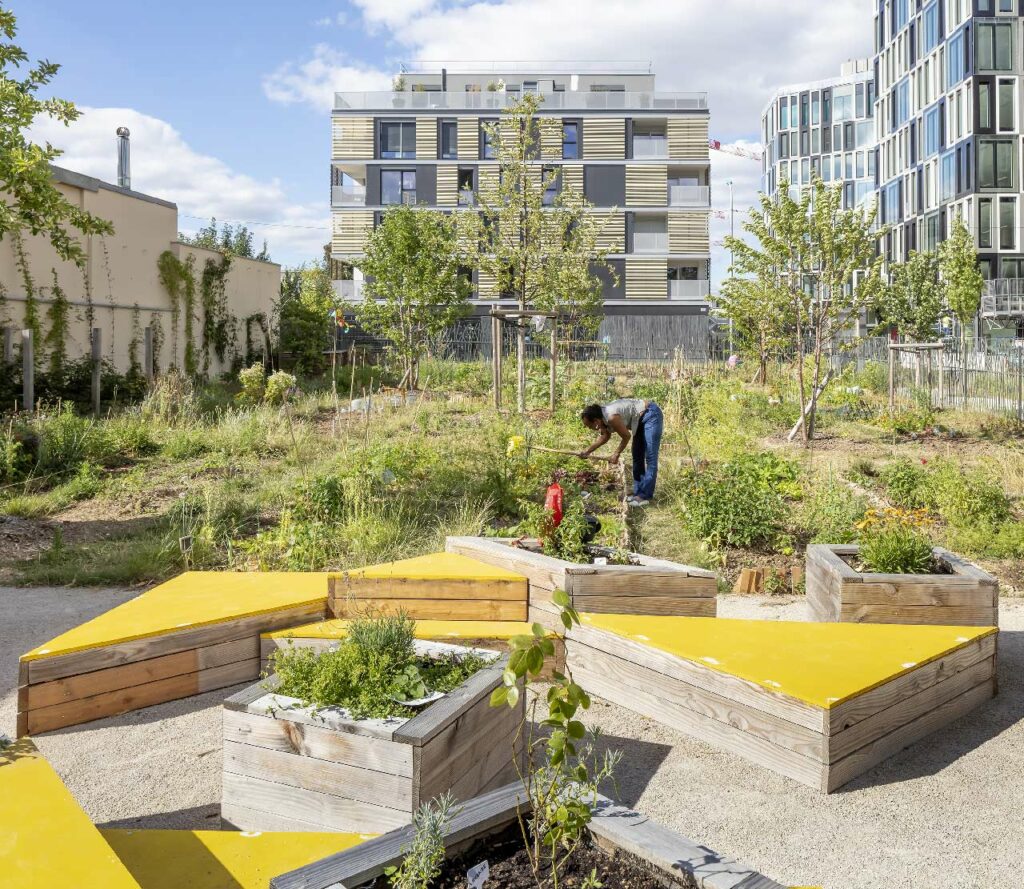
Designing the city better together
We need to create a multiple and inclusive city. In the image of the trees that live and support each other, in the image of the vital association that is formed between the almost invisible plants, the mushrooms, and the giants of the forest, our complementary and multiple skills must be combined to enrich our approach to the city.
The wealth of the city is its variety. The plurality and complementarity of actors is a guarantee of the sustainability of this wealth. We need to work as a team with the city’s stakeholders and open up the discussion, to catalyse the transformation of our urban models. Experts can no longer exclusively design the city. This work must be done with the residents, the users, in a process of co-production and co-construction, the guarantee of a project’s success.
Consulting and organising with the residents can and must be done at every scale, and at every stage (before, during, after). Constantly reinventing the means of dialogue, the tools of understanding a project in order to allow the residents to understand the city that is created before their eyes and to perceive the temporality of its construction, giving them their rightful place.
Highlighting residents’ expertise for frugal governance. As a designer or territorial authority, this involves being able to listen to, hear and understand the residents’ opinions and suggestions, being able to guide a project towards their formulated expectations and finally, to report on what has been done. Working together, without wanting to stick to the original positions, and knowing how to develop a project, are the conditions for a frugal and inclusive governance.
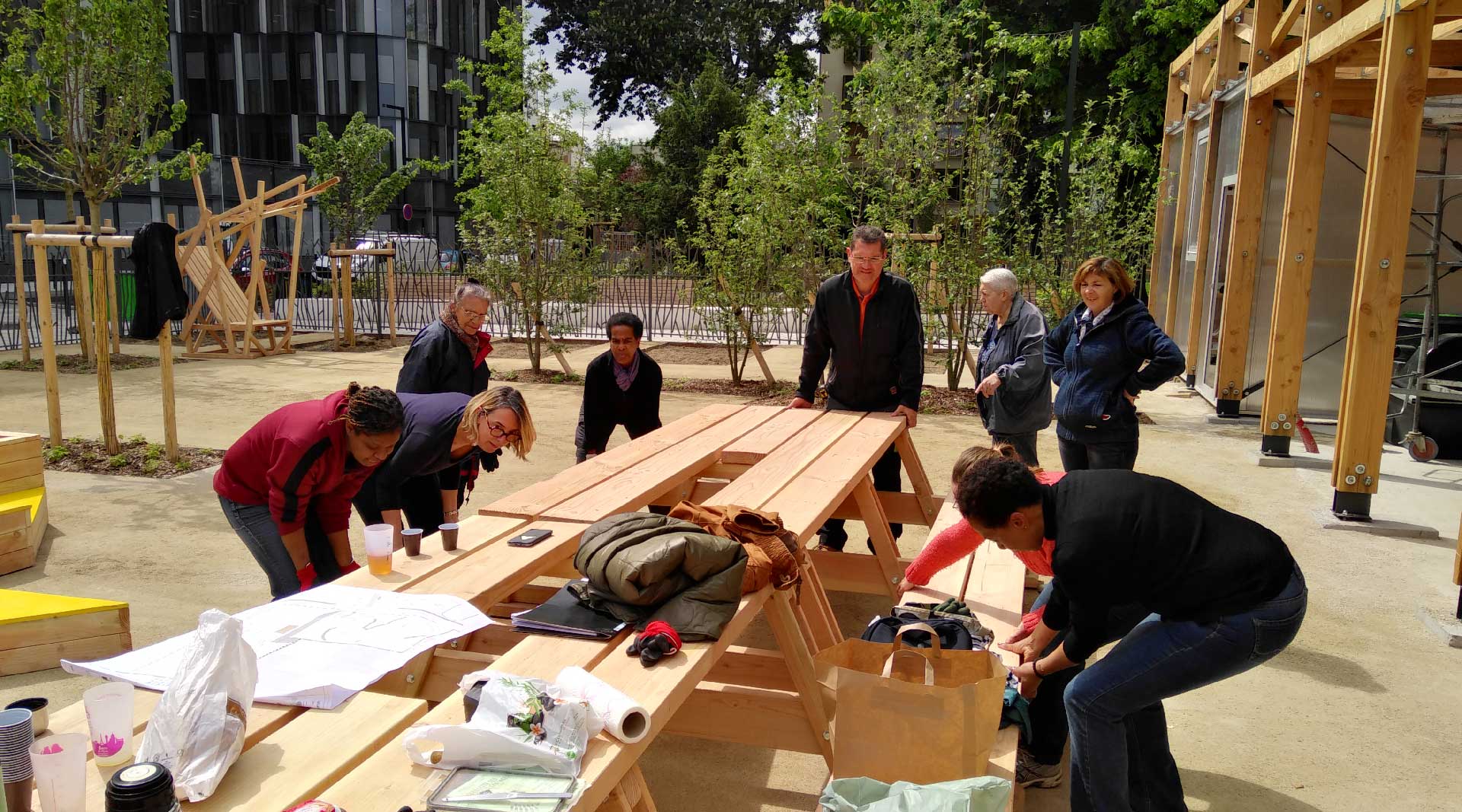
Giving more room to “laissez-faire” and to local initiatives promotes a better appropriation of spaces by their users and reinforces solidarity based on citizen participation. Take the example of planted streets and vegetation permits. Of course, the aesthetics of these spaces can occasionally leave something be desired, but nevertheless: plant life replaces tree fences, the permeable space expands, the pavements host blooms and a profusion of perennial plants. Neighbours gather around the watering can, exchange plants and advice, comment, criticize, admire, defend … and we discover that our neighbours are rather friendly. A naive idyll? Maybe not so much! Creating a social bond around a common project can only be a benefit for life together.
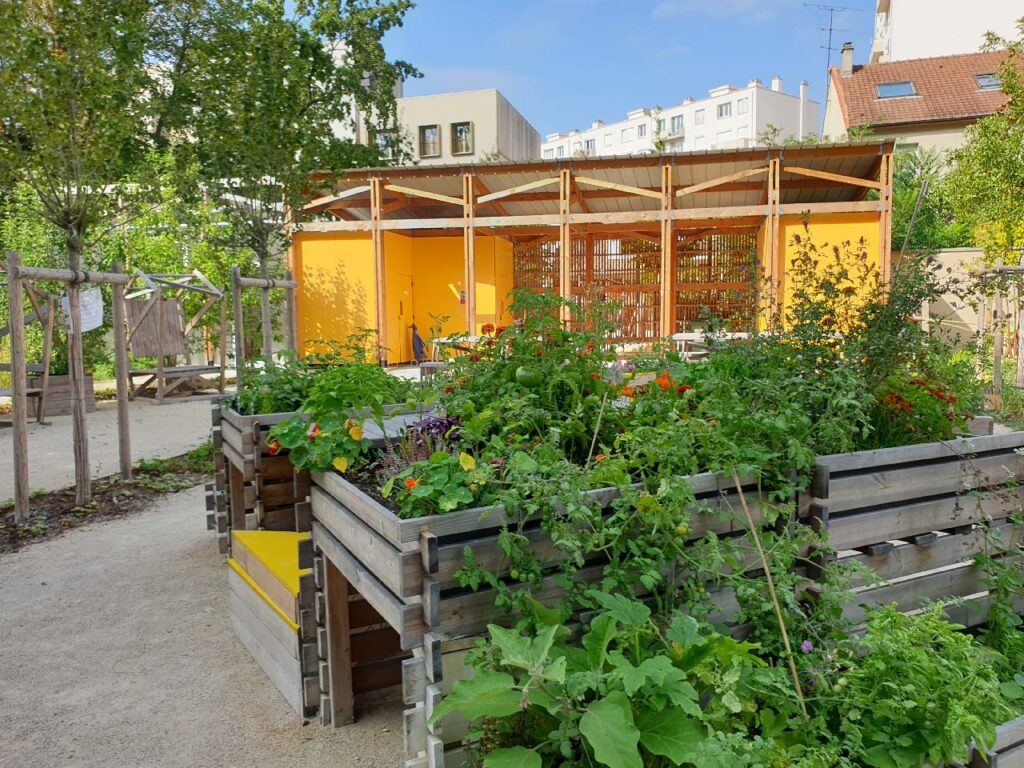
Considering transience as a thinking space for the city, likely to inspire projects and help them to evolve, allows for greater maturity and better results. In Bagneux, in the Victor Hugo eco-neighbourhood, the city is experimenting for the future square of the Grand Paris Express station, with furniture prefiguration work being carried out with the residents. During workshops, residents are encouraged to think about how to settle outside, in the public space. The agency’s architects and landscapers put these desires on paper, with a view to manufacturing test furniture with the residents at a later date. The selected furniture will be installed in the neighbourhood.
We find that every time citizens get together, the projects that are created are better calibrated and more in line to their needs, and they work over the long term. This fosters a culture of participation, acting with and for. Residents, eager to invest in projects, are increasingly aware of urban issues, and including them in projects is a challenge that must be met at every moment. This is the condition of a better thought-out city, of a city that is designed for everybody.
.
Focus: Victor Hugo eco-neighbourhood, Bagneux
As part of the development of the ZAC Victor Hugo, a consultation phase, mandatory for obtaining the “Eco quartier” label, took place in 2012 with the residents. Eager to carry out a citizen-led, environmental project that would be accessible to everybody, the city, along with the developer SADEV 94 and the project manager Arte Charpentier, repeated the exercise during several key stages of the project.
For more information: https://www.bagneux92.fr/ville-en-projet/projets-urbains/816-zac-ecoquartier-victor-hugo
Developing tools for concertation and co-design
Between 2016 and 2019, the year of completion of the theatre sector, residents interested in the project were able to list their needs, follow the works and take part in participatory construction sessions.
This well-established culture of participatory democracy has led to innovations in the operational approach to the co-construction of the city. During the consultations, various tools were put in place together with the developer and the project management: round table discussions, visits, virtual and real models, blank plans, presentations, debates, etc.
In addition to the topic of public spaces, residents were also involved in urban choices. A jury participated in the nomination of the winners for the competitions for the Robespierre park school and for a housing unit near the station.
Ensuring the appropriation of the theatre district by the residents
During the various consultations, a group of future gardeners was created, which foreshadowed the shared gardens association.
The work on the shared gardens, ultimately intended to be managed by the residents themselves, was an important link in the project, in order to make it suitable from the design phase so that each resident could project and invest in it. The challenge was to mobilise the residents over a period of nearly 3 years, even though the space in which the future shared gardens would take place served as the basis for the life of the construction site. In the end, thanks to plans, regular meetings, the creation of a gardens association, and the strong involvement, commitment and patience of the residents, the mobilisation was maintained over these years. Throughout the first phase of consultation, the operational objective was to properly frame the essential needs expressed by the citizens as a whole: to consider children, people with reduced mobility, the elderly, the employees of the neighborhood.
The highlight of this appropriation was the co-construction of furniture for the shared gardens. This collective project was perceived as a transfer of the project from the design team to the residents.
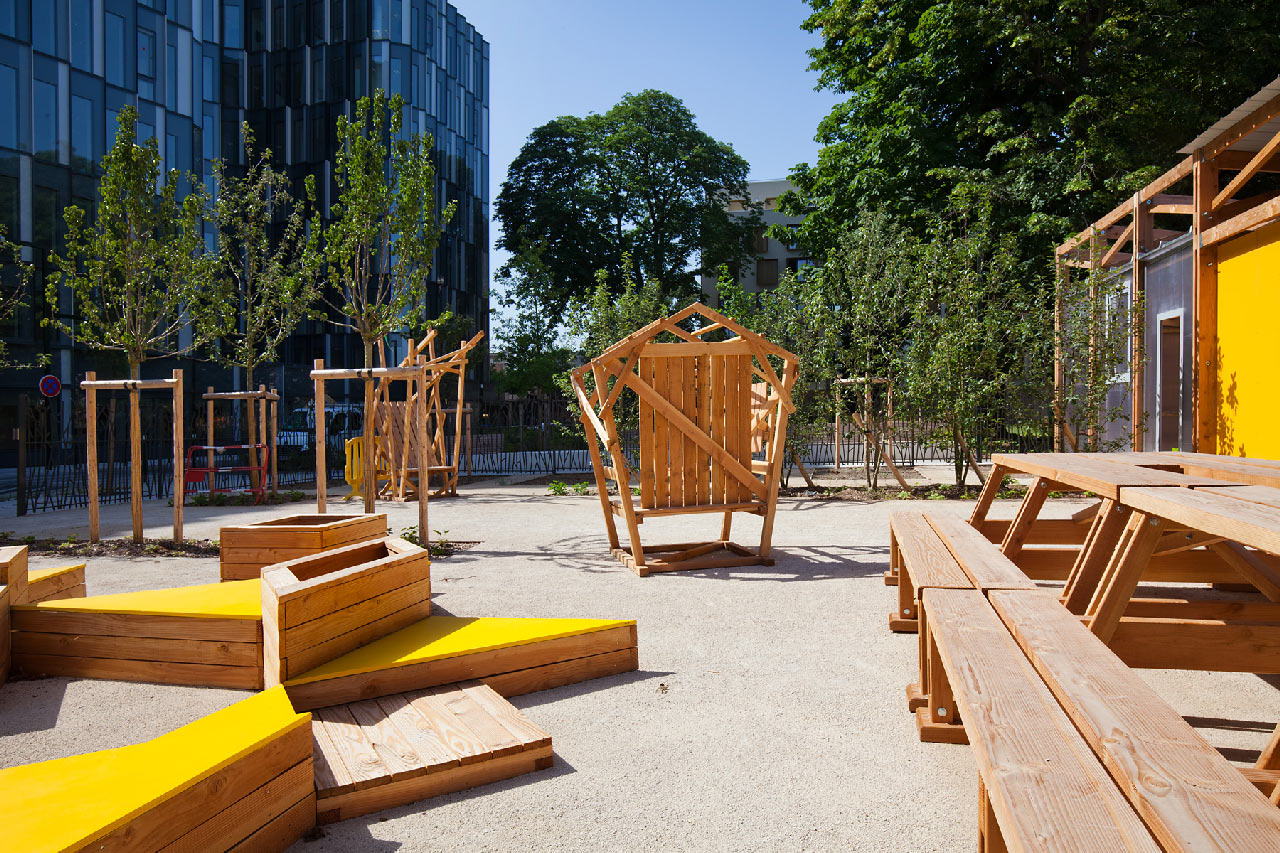
Co-designing the programme: the future ambitions of the Rolland/Courbet neighbourhood
In 2019, bolstered by positive feedback, the developer, Arte Charpentier, and the city of Bagneux wanted to take this approach even further in the Rolland/Courbet sector that was still under study.
The consultation was launched on the scale of the project, but also on more specific topics, in order to create working groups. An innovative consultation was launched allowing the appointment of 5 promoters and one social landlord for a total of 600 dwellings, without sketches. A co-design phase of the real estate programme was carried out in the form of workshops on the topics of the programming of the ground floor, the transitional use of lots, the facades, the density, etc. Each workshop with the project managers was followed by work with the residents in order to confirm the hypotheses. The results of the consultation made it possible to refine the programme of each real estate project and to exchange ideas about the future silhouette of the neighborhood.
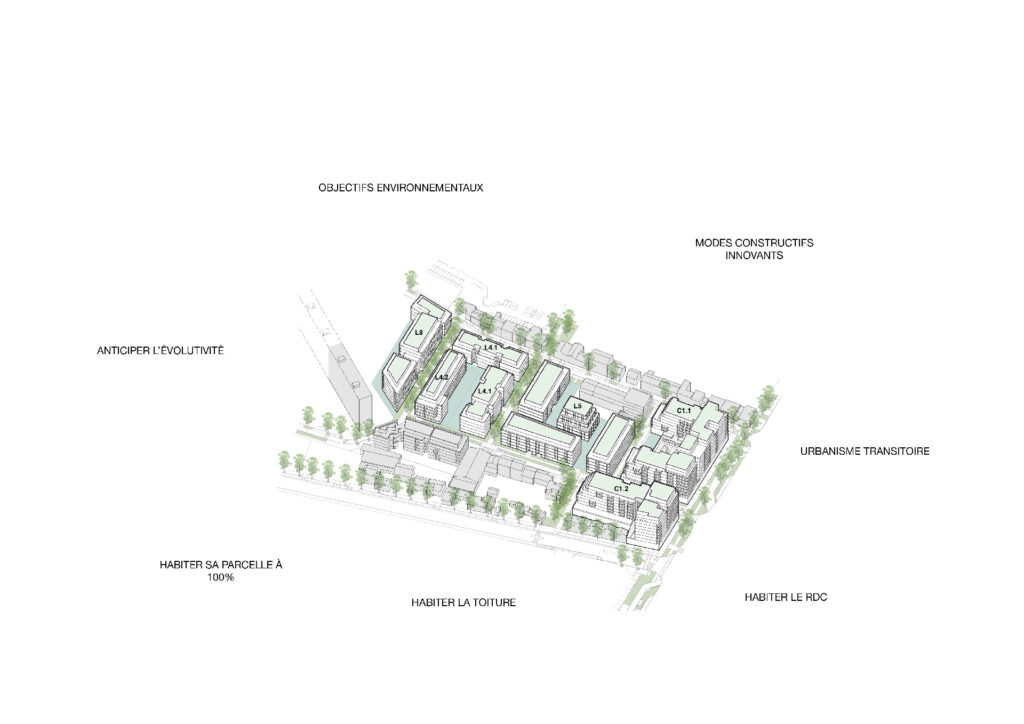
In 2021, initially remotely, using video conferencing tools, a new consultation was initiated for the station district on the issue of gender in the public space. Special attention was also paid to the uses of the different spaces, to enable each generation to find their place in the city. The workshops in the autumn of 2021, about ways to settle in the public space, will give rise to a workshop for the co-construction of furniture.
Thus, the city of Bagneux recomposes itself and is made through a participatory process, with and by the residents of the Northern districts. The consultation workshops carried out throughout the project accurately revealed the strengths and weaknesses of the territory to transform them into a shared, solidarity-based and sustainable project.
-
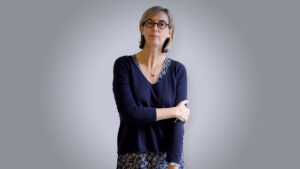
Nathalie Leroy Associate Landscape Designer,
Landscape Director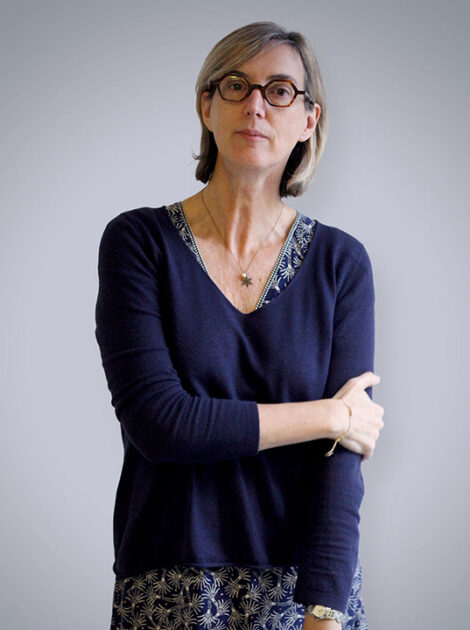
EDUCATION
Landscape Architect DPLG – École Nationale Supérieure du Paysage de Versailles
Textile Design Diploma – École Nationale Supérieure des Arts Décoratifs de Paris
-
